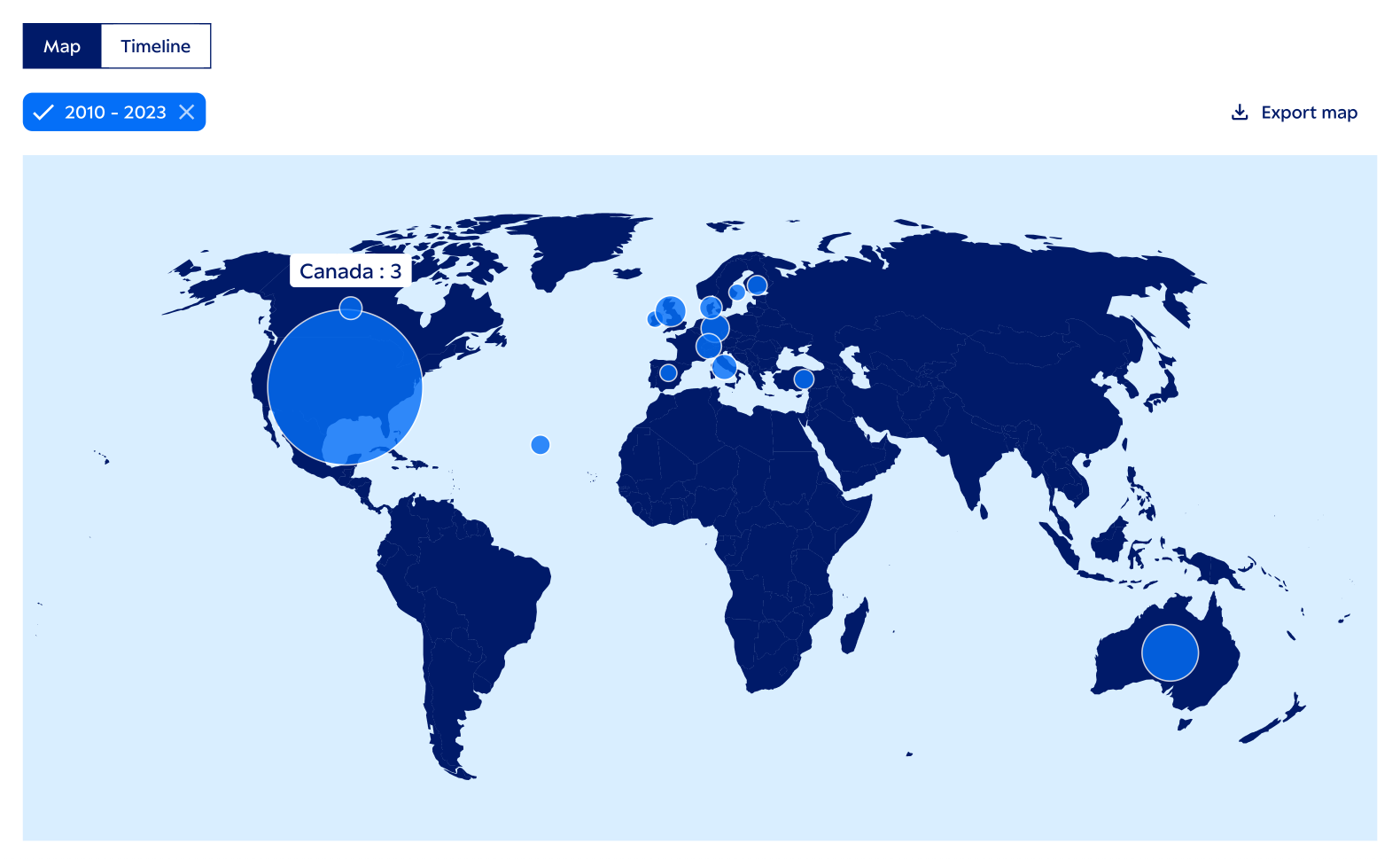Here’s Four Weird Artifacts of Video Conferencing

As the COVID-19 pandemic forces many U.S. colleges and universities to move their courses online, connecting online via video is now having its moment.
Family, friends, neighbors and even TV talk-show hosts are now meeting and broadcasting from home. Meanwhile, Microsoft, Google and Zoom are struggling to meet the demand for their videoconferencing services.
People have long noticed, however, that some peculiar things happen in videoconferencing. A magazine mentioned its “bizarre intimacy.” Jaron Lanier, who is considered the “father of virtual reality,” once remarked that it “seems precisely configured to confound” nonverbal communication.
As an educational technology researcher, I have explored these and other subtle but strange elements of videoconferencing. I do this through phenomenology, the study of lived and embodied experience.
I seek to understand why certain issues arise when technology is introduced to educational settings and to suggest ways to deal with them.
Here are four odd things that happen when you’re engaged in a videoconference.
1. Eye contact is lacking
First, and probably most obviously, meeting by video interferes with eye contact. This is due to a simple technical limitation: There’s no way to put the camera and the display screen in the same spot. When you look at the camera on your device, you give the impression you’re looking someone in the eye. However, when you look at their eyes on screen, you appear to be looking away.

Phenomenology and psychology both emphasize the importance and complexity of eye contact.
“In eye contact you not only observe the eyes of the other person,” observes author and philosophy professor Beata Stawarska, but this other person is also “attending to your attention while you are attending to hers.”
This extends to multiple levels of awareness, as philosopher Maurice Merleau-Ponty observes: “I look at him. He sees that I look at him. I see that he sees it. He sees that I see that he sees it.” Merleau-Ponty adds that as a result, “there are no longer two consciousnesses” in a moment of locked eye contact, “but two mutually enfolding glances.”
For Merleau-Ponty, these kinds of experiences are a part of what he calls our embodied reversibility: I see, hear and experience others as they see, hear and experience me.
2. Looking awry
Here’s a warning a pair of researchers gave about making a video guest presentation in a classroom: “Even if… you are not ‘on,’ you are on-screen, and probably larger than life-size. If you surreptitiously pick your nose, chances are that everyone can see you doing it.”
Sitting in front of a webcam and computer, the guest-presenter sees a room full of students. But the students see a talking head on a projection screen, showing every blemish or imperfection. Instead of sitting or facing one another reciprocally, “face to face,” we find ourselves looking up, down or sideways at the sometimes much-larger-than-life image of those we see and speak with online.
3. Feeling watched
Without overt eye contact and embodied reciprocity, people who videoconference can sometimes feel silently scrutinized or surveilled. A person may worry: Exactly how does the unblinking camera eye show me to others?
“Though we may pretend to be looking at another person when we FaceTime or Zoom,” journalist Madeleine Aggeler observes, “really we’re just looking at ourselves – fussing with our hair, subtly adjusting our facial expressions, trying to find the most flattering angle at which to hold our phones.” Videoconferencing can be a bit like the distracting or enervating experience of talking while constantly glancing ourselves in a mirror.
4. Squelching voices
The long-lived tagline of the Verizon network, “Can you hear me now?” is a question associated with technology. Face to face, we are able to monitor our speaking as a result of our own vocal projection and the acoustic environment. And we do this based on the assumption of acoustic reversibility: that others hear the world as we do.
Online, this is not necessarily the case. Our voices might break up as they are compressed and transmitted, a noise in the background might overtake us or our mic might simply be set to “mute.” By its very nature, sound, unlike vision, is relatively undirected. Face to face, it is enveloping and shared. Its disruption and interruption online can be as jarring as speaking with someone who refuses to make eye contact.
A new normal
Despite the odd ways that communication takes place in a videoconference, as a society, we’re about to get more accustomed to this mode of communication. There are many websites full of tips on how to make the most of our videoconferencing experience.
Among other things, these tips advise us to place the camera at eye level to appear naturally positioned, to use a clean, well-lit space to be clearly visible and to wear a headset to maximize audio quality. But no matter what we do to have a smooth videoconference experience, video will lack the “mutual enfolding” of the senses that, as Merleau-Ponty knew, comes with meeting in the flesh.






























































































